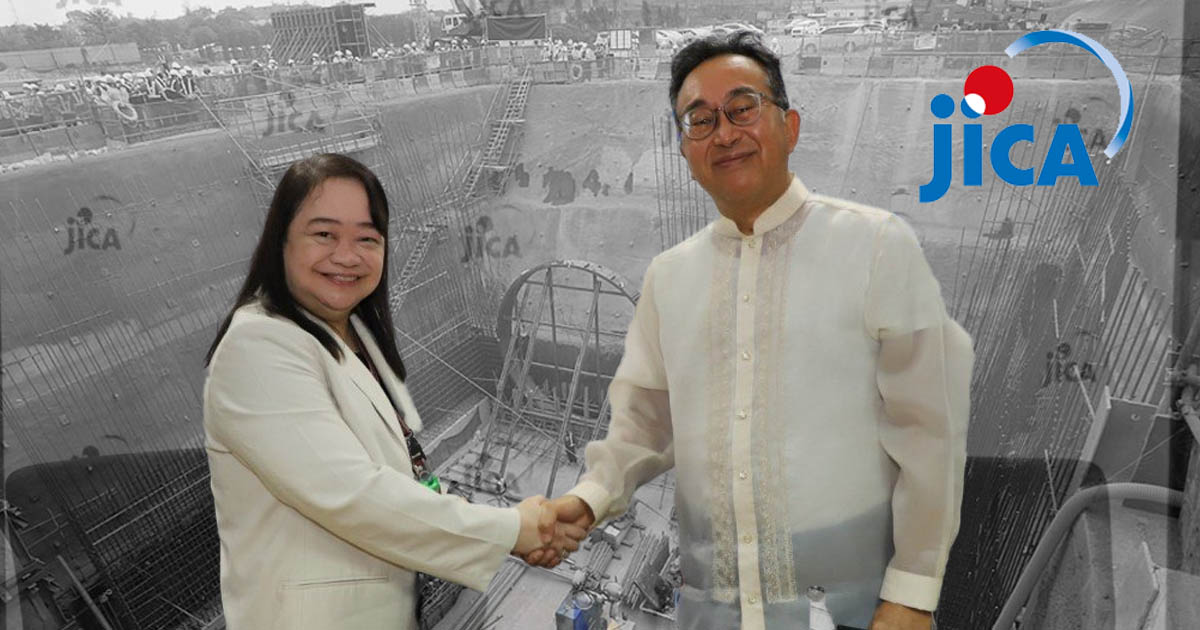The Japan International Cooperation Agency and the Base Conversion and Development Authority signed a technical cooperation agreement to assist the latter in developing areas in and around the base built by the Ministry of Transport.
Located at Fort Bonifacio, the rail site serves as a model for transportation-focused development in the Philippines and as a prototype for a sustainable mixed-use community with access to a high-quality rail system.

She emphasized that the construction of TOD will help the Philippines significantly reduce its carbon footprint, especially in congested areas of Metro Manila. Address the need for more efficient connections between large mass transit and feeder systems. To create more sustainable communities surrounded by public green spaces, not just physical structures.
For Sakamoto, the TOD project serves as an essential building block for robust and sustainable urban development in Metro Manila.

“This TOD will pave the way for more business opportunities in and around the station. As a result, TOD can increase the attractiveness of the Philippines for potential investors,” Sakamoto said. increase.
TOD’s capacity building project spans 36 months since he started working. BCDA and JICA will establish a Joint Coordinating Committee (JCC) to coordinate and supervise the project. Representatives from DOT, Ministry of Finance, National Economic Development Authority, Ministry of Human Settlements and Urban Development, Ministry of Public Works and Highways, Metro Manila Development Authority, and local governments serve as JCC members.
TOD reduces energy use and greenhouse gas emissions by reducing the need to travel and reducing reliance on private vehicles. It also promotes efficient land use and economic development in the area by creating compact, high-density mixed-use developments that include offices, residential, retail spaces, green and public spaces, and high-quality public transportation.
With additional report: Manila Standard, Othel V. Campos







